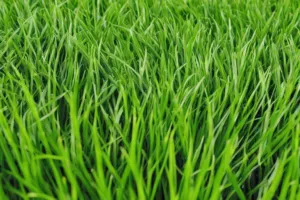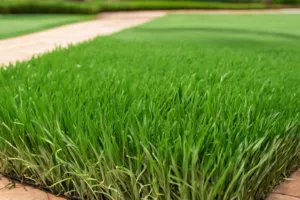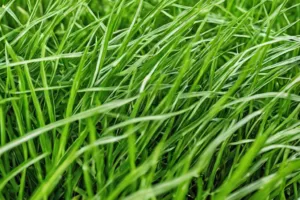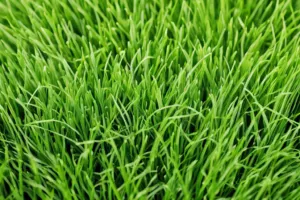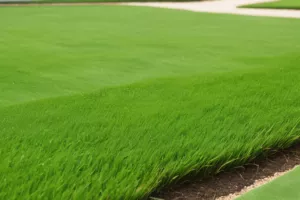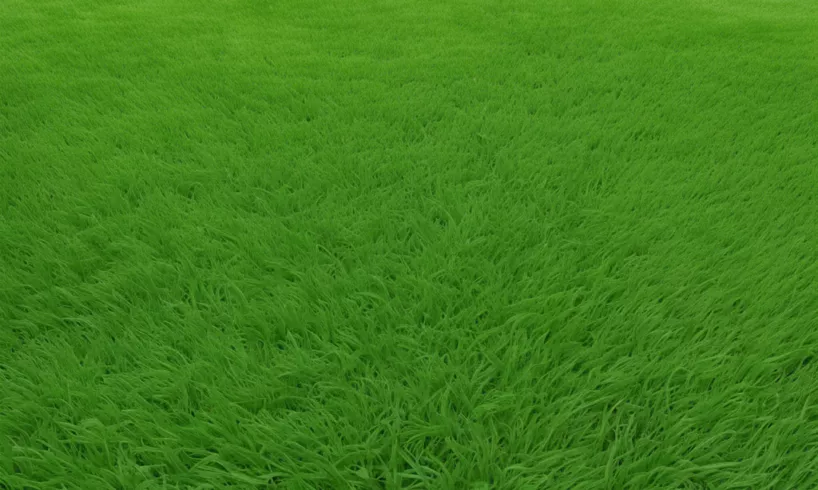
Understanding the Shade Tolerance of Zoysia Grass
Zoysia grass, a popular warm-season turf grass, is known for its ability to withstand heavy foot traffic, resist disease, and thrive in a variety of soil types. But when it comes to shade tolerance, Zoysia grass reveals an impressive attribute. It is indeed considered shade tolerant, showing an admirable level of adaptability to lower light conditions compared to other warm-season grasses.
The Mechanisms Behind the Shade Tolerance
Zoysia grass’s shade tolerance is primarily due to its deep root system and dense turf formation. Its deep roots enable it to efficiently absorb water and nutrients, even in less sunny areas where these resources can be scarce. The dense turf formation of Zoysia grass also allows it to outcompete other grasses and weeds for available resources, enabling it to thrive even under the cover of shade.
An In-Depth Look at The Components of Zoysia Grass
1. Leaf Structure: Zoysia grass possesses a fine to medium textured leaf, which allows it to capture and utilize available sunlight effectively.
2. Root System: The deep root system enables the grass to draw nutrients and water from deeper soil layers, a feature that is valuable in shaded areas where surface resources may be limited.
3. Growth Pattern: Zoysia grass grows slowly, but it establishes a dense turf that competes effectively with weeds and other grass varieties.
Effect of Shade on Zoysia Grass
While Zoysia grass is shade tolerant, it’s important to note that its growth can still be affected by prolonged periods of heavy shade. Under such conditions, the grass may thin out or grow more slowly. However, compared to other warm-season grasses, Zoysia grass maintains its color and overall health better in shaded conditions.
Considerations for Zoysia Grass in Shaded Areas
For Homeowners:
If you’re considering planting Zoysia grass in a shaded area of your lawn, ensure that the area receives at least 3 to 4 hours of direct sunlight or 4 to 6 hours of dappled sunlight each day. This is the minimum amount of light required for Zoysia grass to maintain its health and vigor.
For Landscape Professionals:
When installing Zoysia grass in shaded areas, it’s crucial to manage irrigation properly. Overwatering can lead to disease problems, especially in lower light conditions. Therefore, adjust watering schedules according to the specific needs of the area.
Practical Advice on Growing Zoysia Grass in Shade
While Zoysia grass’s shade tolerance gives it an edge over other warm-season grasses, there are still practical steps you can take to help it thrive in lower light conditions:
1. Prune Overhanging Trees: Regularly pruning overhanging branches can allow more sunlight to reach the grass, promoting its health and growth.
2. Adjust Your Mowing Height: A higher mowing height can help Zoysia grass capture more sunlight, thus improving its ability to photosynthesize, even in shaded conditions.
3. Monitor Watering: Avoid overwatering shaded areas, as this can promote disease. Instead, water deeply but infrequently to encourage deep root growth.
In understanding the shade tolerance of Zoysia grass, one can appreciate its versatility and adaptability. Its ability to thrive in a variety of conditions, particularly in shaded areas, makes it a valuable addition to diverse landscapes. By implementing the practical tips provided, you can optimize the growth of Zoysia grass in shaded areas and enjoy a lush and healthy lawn.

Bob Green, a passionate lawn care enthusiast with over two decades of landscaping experience, is this website’s proud owner. His vast knowledge of horticulture and dedication to helping homeowners maintain beautiful lawns are reflected in the valuable content he shares on his platform. John has always been interested in Agrostology.









